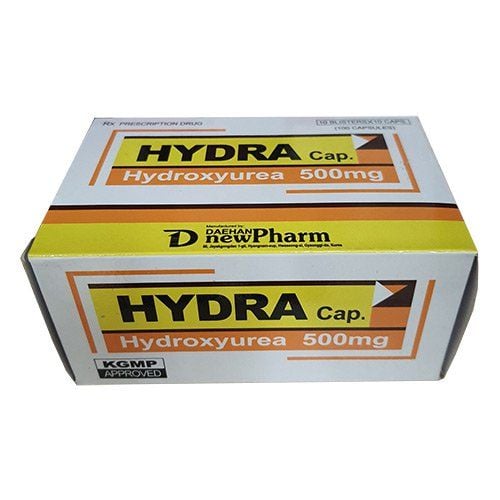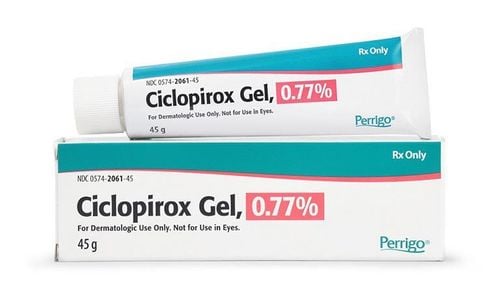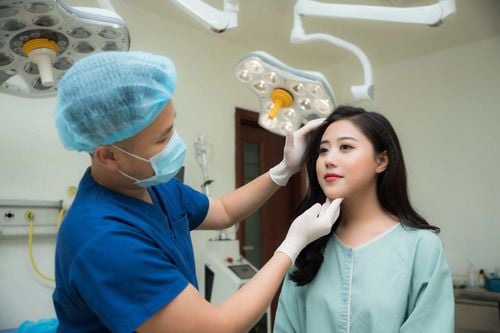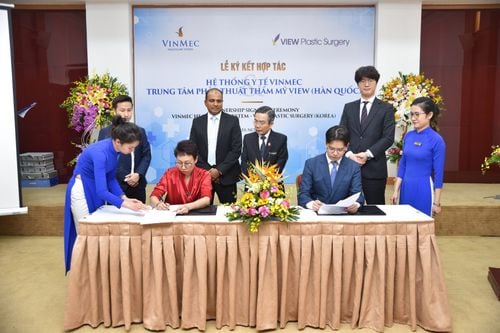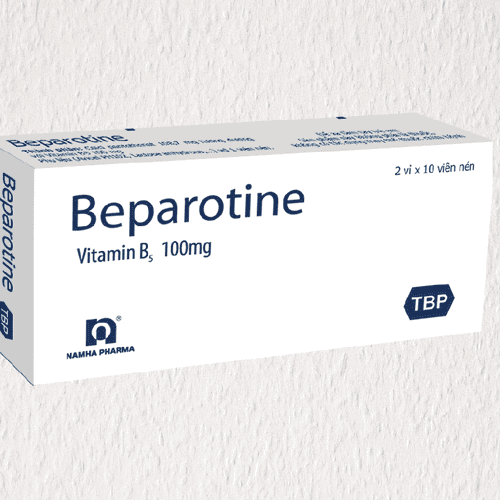This is an automatically translated article.
Autologous skin grafting is the most natural way to restore the integrity of the skin, helping to cover wounds with partial thickness, high aesthetics, and good tolerability. However, the maintainability of the graft depends a lot on the surgeon's skill, good reperfusion, and the graft ensures the full function of the original skin.1. What is autologous skin graft?
As the integrity of the skin is very important to provide a barrier that protects the body from infection and dehydration. When the skin is damaged by burns, the protective layer is lost, so it is necessary to quickly restore the skin layer.If the burn is deeper than the top layer of skin (i.e. after a second or third degree burn, also known as a partial or full thickness burn) a skin graft may be needed because the wound cannot heal on its own. heal.
Skin grafts are essential to restore skin that has been lost or damaged and requires new tissues. This is because the burn extends to the deeper layers of the dermis and has destroyed tissue that would otherwise be able to heal. Without a skin graft, the risk of infection is higher and the wound can take a long time to heal, resulting in abnormal scarring or delayed healing.
As such, common indications for skin grafting include:
Skin infections. Severe burns and deep burns. Large open wound. Skin ulcers are difficult to heal. Skin cancer surgery. Autologous skin grafting is the transfer of healthy skin from one part of the body to cover a skin wound in another. Skin grafts must be obtained from the same person for optimal tolerability. Meanwhile, transplants from donated or artificial skin both have the risk of being rejected by the body.
Because of this advantage, the autologous skin patch method is often applied on locations that require high aesthetics, such as facial skin grafts, especially autologous thin skin grafts.
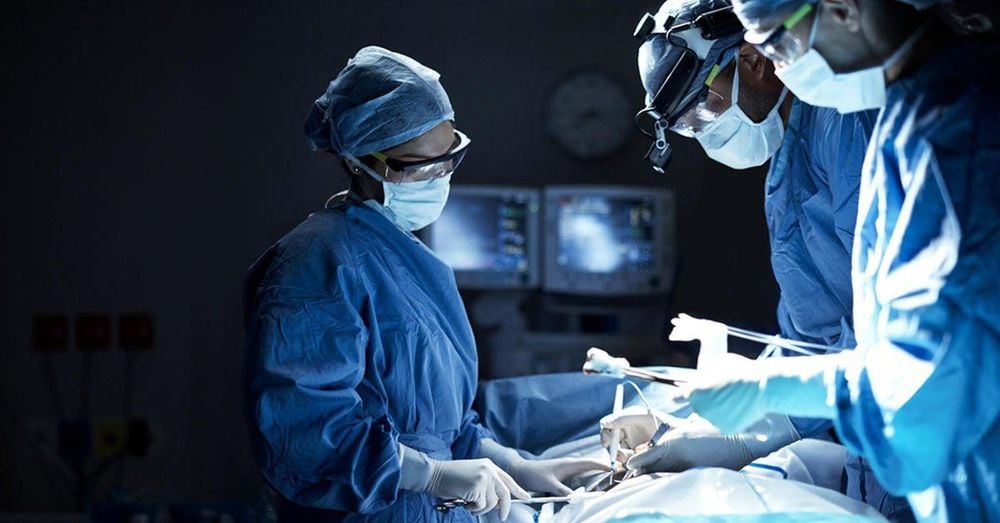
Ghép da tự thân là việc chuyển da lành từ một phần của cơ thể để che vết thương hở khác trên da
2. How is skin grafting done?
This is a surgery that requires caution and meticulousness, the patient will be under general anesthesia. The general principle of this procedure is that the surgeon will thinly scrape the patient's healthy skin and apply it to the person's own cleaned burn wound. At this point, the skin graft may have small holes to create a border and better adhere to the surrounding healthy skin.Step 1: Graft removal At the time of surgery, the patient will first have a skin graft removed from a healthy skin site, assessing the ability of good blood vessels. The surgeon will completely separate the skin graft from the surrounding skin and underlying tissue, which means that circulation, lymphatic drainage and nerve continuity are abruptly terminated.
The follow-up process needs to be quick and well-coordinated, as the survival of the skin graft is dependent on the rate at which a new blood supply can be received to continue receiving nutrition and discarding metabolic products. metabolism.
Step 2: Integrate serum The area to be skin grafted is cleaned and the graft is accepted. In the meantime between implantation and revascularization, graft survival appears to be ensured through the absorptive capacity of fluids very similar to plasma from the host capillary bed.
Step 3: Skin graft reconstruction When the surgeon evaluates that the graft is compatible in size, according to the structure of the skin layers as well as high tolerability, the graft is sutured to the healthy skin and started the head is revascularized.
This process can occur by one or a combination of three mechanisms, that is, direct connection of the graft and host blood vessels, stimulation of the development of vessels from the host bed into the internal channels tissue of the graft itself, stimulating the growth of the aorta into the graft dermis to create new endothelial channels.
Step 4: Post-operative care At the end of surgery, the patient is monitored before surgery until fully awake, then taken to the rest room. On the day after the transplant, many blood vessels stretch and quickly fill the vein with blood. On the second day, the swelling continues, but the blood circulation has not really started. Slow bleeding occurred in the graft vessel on day three and four and continued to improve until day five or six.
In the following days, the blood vessels returned to their normal size and circulation in all the machines. The photo collage process is completed on Friday or Saturday. Accordingly, the follow-up time in the hospital is usually about 7 days. The patient was then discharged from the hospital with instructions for graft skin care, wound cleaning, and an appointment for a follow-up visit to assess graft tolerance.
In summary, autologous skin grafting is the most natural way to restore the integrity of the skin, helping to cover wounds with partial thickness, high aesthetics, and good tolerability. However, the maintainability of the graft depends a lot on the surgeon's skill, good reperfusion, and the graft ensures the full function of the original skin.
Please dial HOTLINE for more information or register for an appointment HERE. Download MyVinmec app to make appointments faster and to manage your bookings easily.





